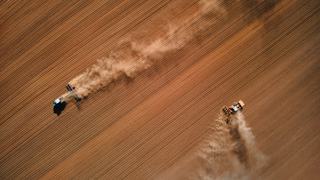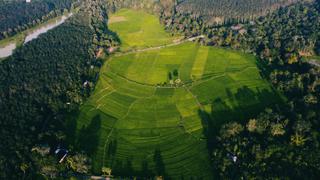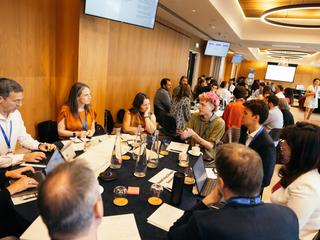A sector with distinctive transition challenges
For the food and agriculture sector, the impacts of climate change—and the risks it faces in return—cannot be disentangled from those relating to nature, biodiversity, land use change, and water. These interconnected pressures make both setting robust transition plans and assessing them particularly challenging.
While there is growing consensus on some fundamental principles for a credible transition—halting agricultural-driven deforestation and land conversion, increasing yields, optimising fertilizer use, and shifting diets in high- and middle-income countries toward more plant-based and whole foods—the question of how to deliver on these principles remains contested. Balancing climate goals with protection of ecosystems, biodiversity, and finite land and water resources continues to be an area of active debate.
Scope 3 emissions are also central to this transition. According to CDP estimates, around 87% of all emissions from food value chains fall within businesses’ Scope 3 categories, yet these remain widely under-measured and under-reported. The dispersed nature of agricultural production networks and commodity supply chains makes transparency and traceability particularly difficult, hindering progress on credible transition planning.

A new integrated approach
Climate Arc’s (Arc) new Food and Agriculture framework, now available on TransitionArc, brings the best of existing methodologies and benchmarks into one platform. It enables users to appraise companies’ performance on standard climate transition metrics common to other sectors, while contextualizing these with a broader set of indicators measuring companies’ commitment to, and progress on, delivering more nature-positive business models.
The framework—covering around 300 companies across the global food and agriculture value chain—includes:
- Expanded integration of both the Global Canopy Forest500 dataset and the ForestIQ dataset, assessing company commitments and action on deforestation- and conversion-free supply chains.
- Contextual data from the World Benchmarking Alliance’s Food and Agriculture Benchmark, including indicators on soil health and agrobiodiversity, food loss and waste, protein diversification, and water use (with further indicators to be added following WBA’s 2026 benchmark update).
- A new 'Supply Chain' metric, providing an early view of how companies engage suppliers and clients on both the climate and nature transition.
An important addition will follow in 2026 with the integration of FAIRR’s Protein Producer Index, bringing best-in-class assessment of livestock, fisheries, and aquaculture producers, and the maturity of their disclosure and transition planning.

Next steps and collaboration
Arc’s Food and Agriculture framework is a work in progress. Over the course of 2026, we will continue outreach to financial decision-makers and technical experts to inform its refinement and enhancement. Key areas of focus include:
- Partnering with the Climate Finance Hub Brasil to adapt the framework to regional and local realities.
- Developing tailored assessment frameworks for specific value chain segments that reflect the distinct transition levers available from agrochemical production through to food retail;
- Improving availability, quality, and interoperability of data on climate and nature transitions; and
- Aligning indicators with emerging food systems research, including from EAT-Lancet Commission 2.0 and the Food Systems Countdown Initiative.
To learn more or share insights
As this work evolves, we welcome feedback and collaboration. Please get in touch.




